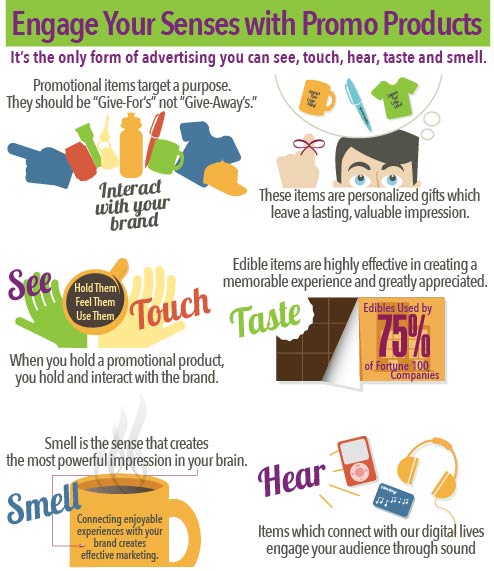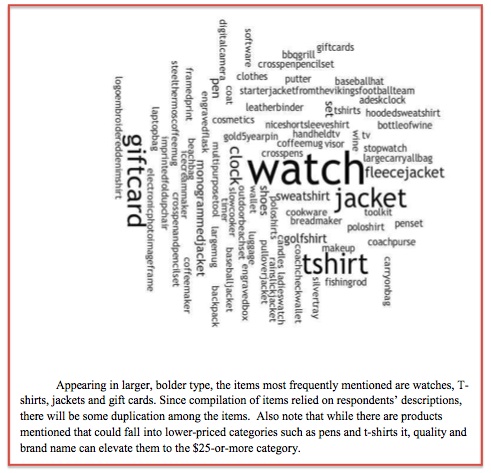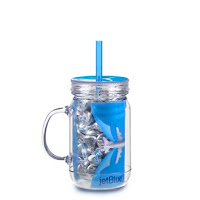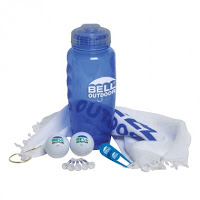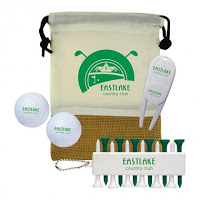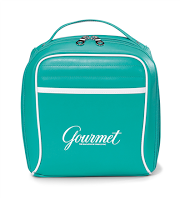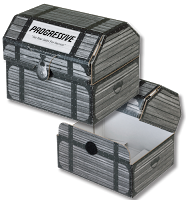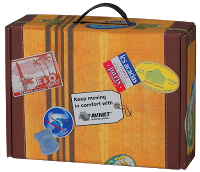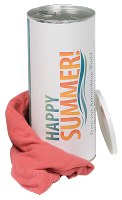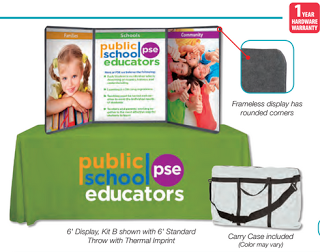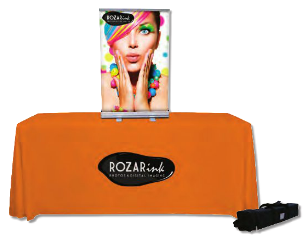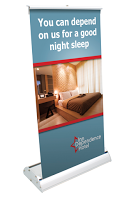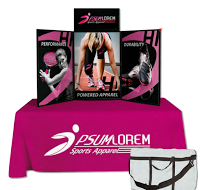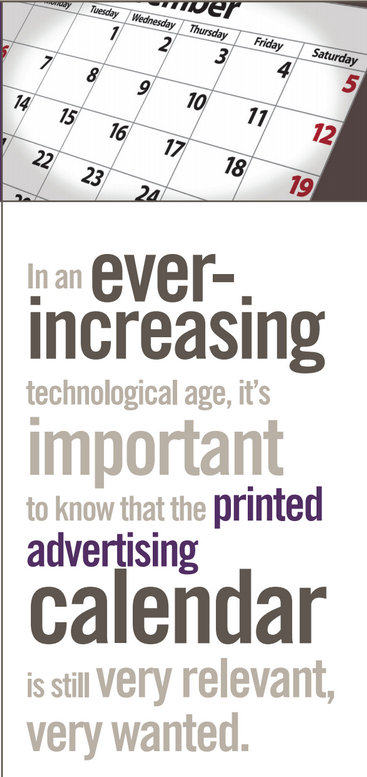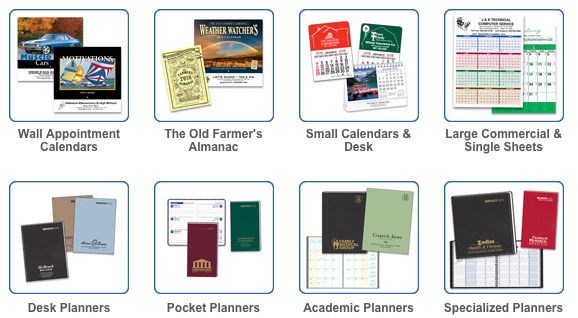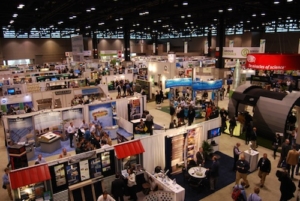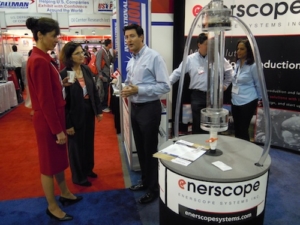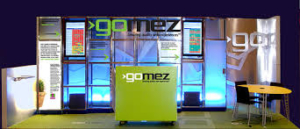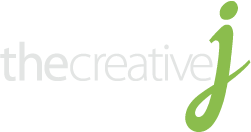
We’ve all seen those popular tumblers – you know, the ones that are usually acrylic with a screw-on lid and straw?
Did you ever wonder what the difference is between the price points you see and the product materials?
Well, even if you didn’t wonder, here’s a quick run-down on what to look for when shopping for tumblers!
Material
Tumblers are made in a variety of materials, which leads to the wide price ranges you find them advertised. Keep in mind that a very low cost tumbler may be made of materials that don’t hold up well and will warp or chip easily.
Polypropylene – this is the low-cost alternative to the other available materials. Normally these tumblers will have a snap on lid and the material is softer and more flexible than the others. It also does not hold up in the high heat of a dishwasher and will warp.
16oz Price Range: $1.89 – $2.50
Acrylic – a strong, clear material, but still prone to chipping if dropped, but is less prone to scratching than polycarbonate. 16oz Price Range: $2.99 – $4.50
Polycarbonate – the biggest item to note on polycarbonates is that they contain BPA – a chemical which can be toxic. Most manufacturers have quit making drinkware using polycarbonate due to this. Polycarbonate is extremely resistant to breakage and is often marketed as “unbreakable.” However, it is easy to scratch and will yellow over time.16oz Price Range: Generally not available due to BPA issues
SAN – this plastic is an acrylic blend and is more stable and durable for hot and cold liquids as compared to acrylic. Acrylic can craze when switching between extreme temps, while SAN will not. 16oz Price Range: $5.50 – $7.50
Tritan™ – this newer material offers clear advantages over polycarbonate and other materials. It’s BPA free, won’t add odor or taste to liquids, is dishwasher safe, resists degradation, cracking and has great clarity. It is, however, the most expensive option.16oz Price Range: $8.50 – $10.50
Double or Single Wall
Single wall tumblers will be less expensive, but you trade cost for performance. With a double wall tumbler, you add more insulation, keeping your drink cooler, longer, while also preventing the walls from sweating when ice or very cold drinks are used. If you’ve ever had a drink sweat and drip on your desk, you’ll know why double wall tumblers are much nicer to use.
The Creative J staff can help you navigate through all the intricacies of drinkware. Just give us a call and we’ll help you find the perfect tumbler for your budget and needs.
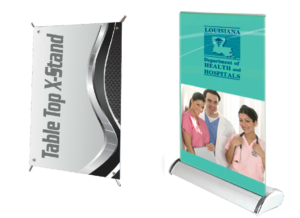 brand but is still small enough to take everywhere.
brand but is still small enough to take everywhere.
